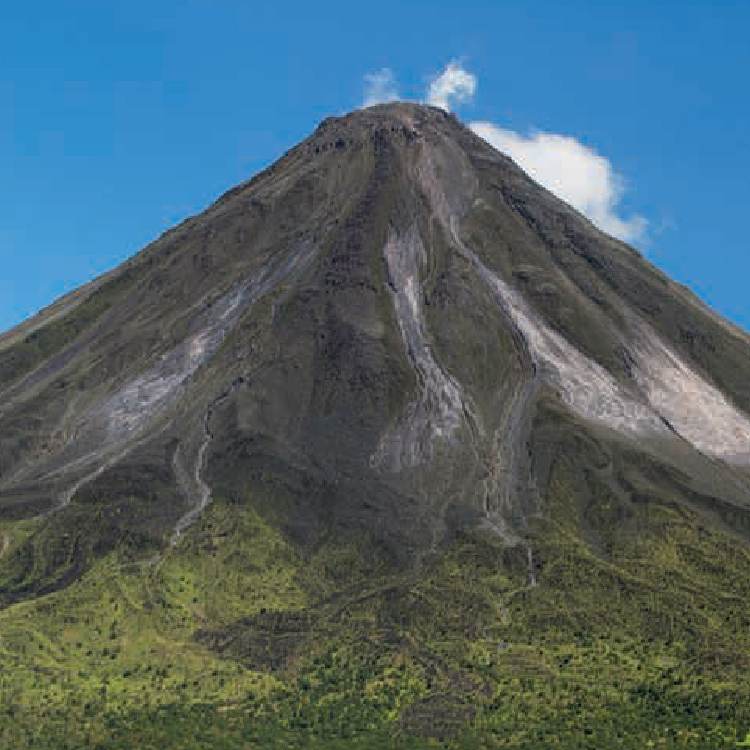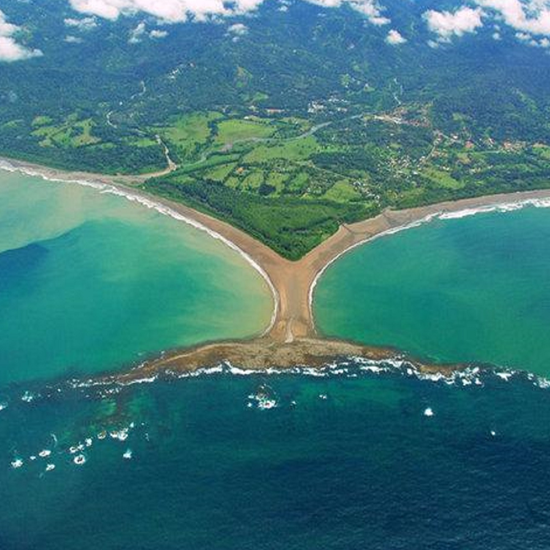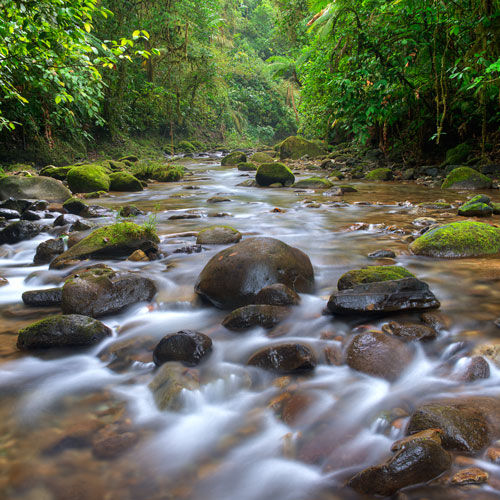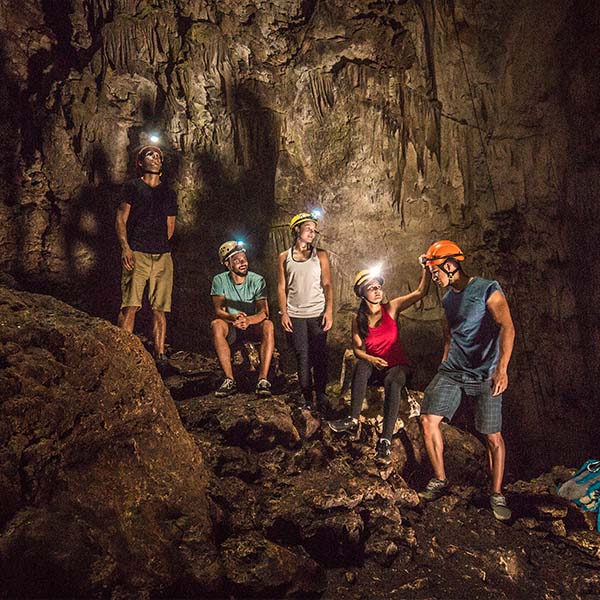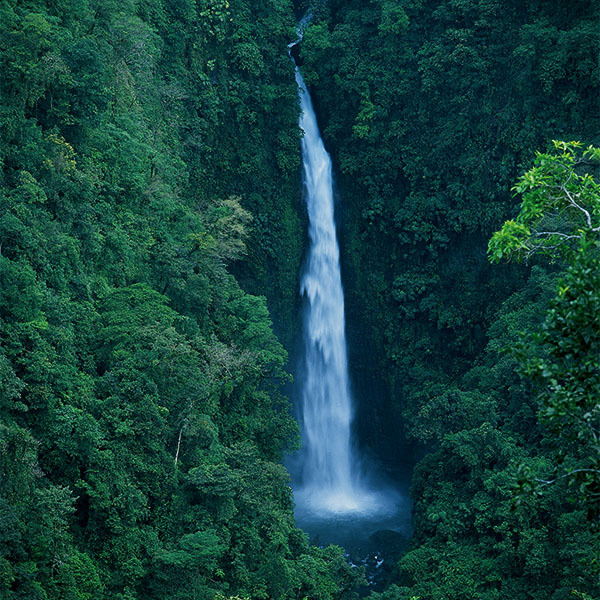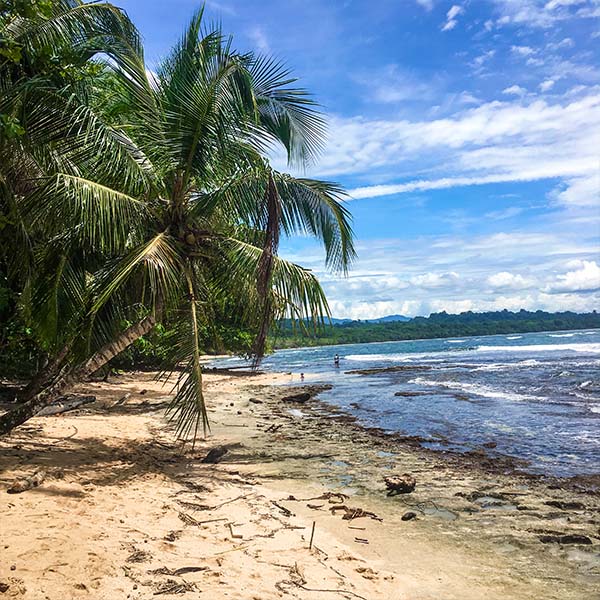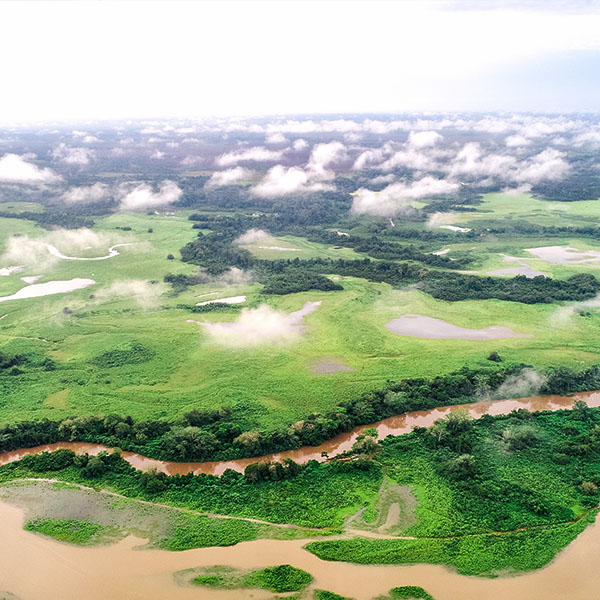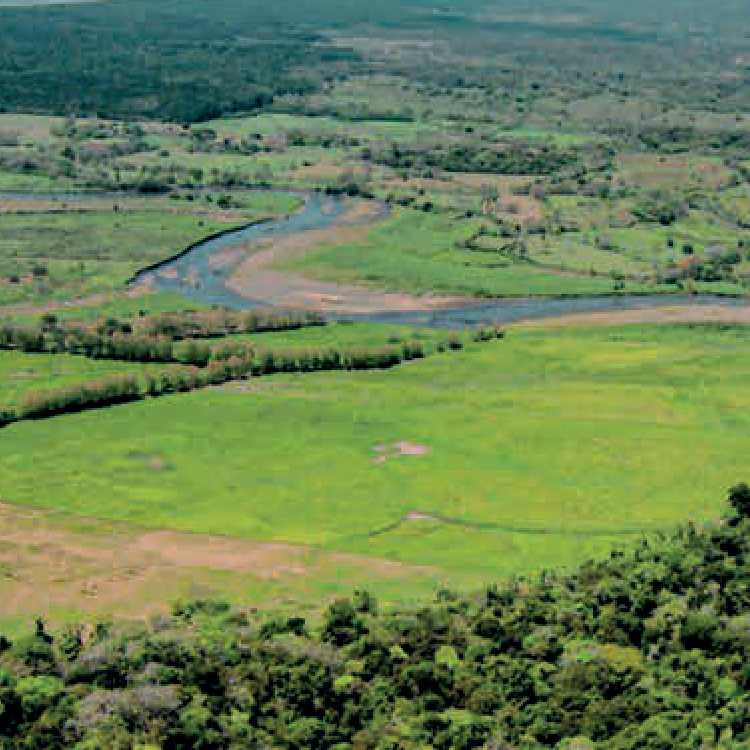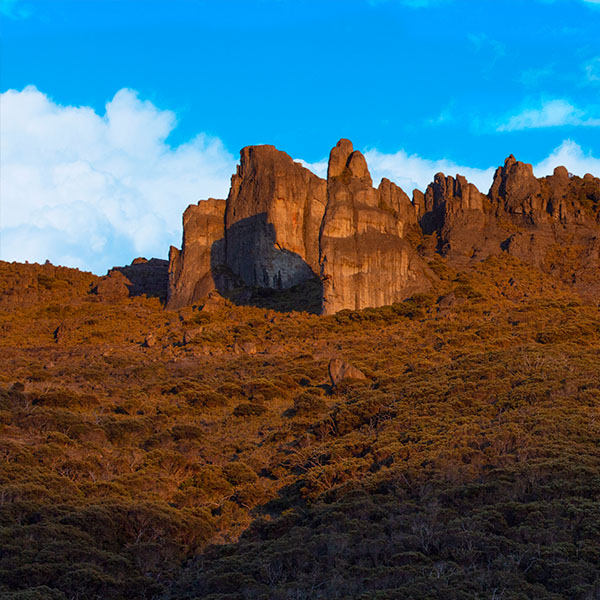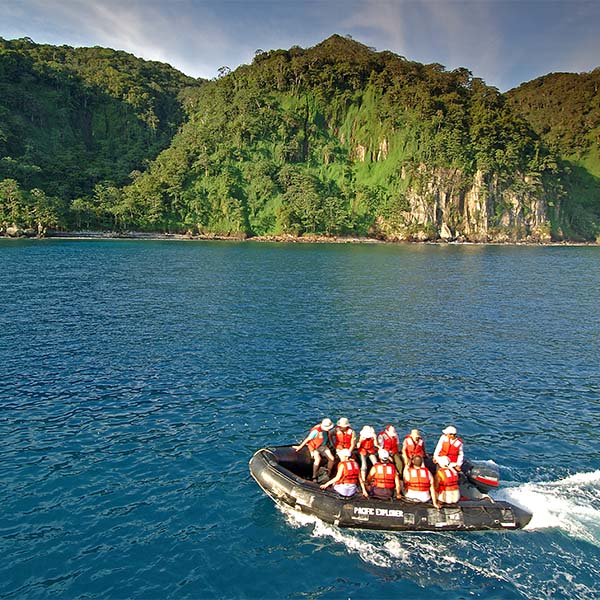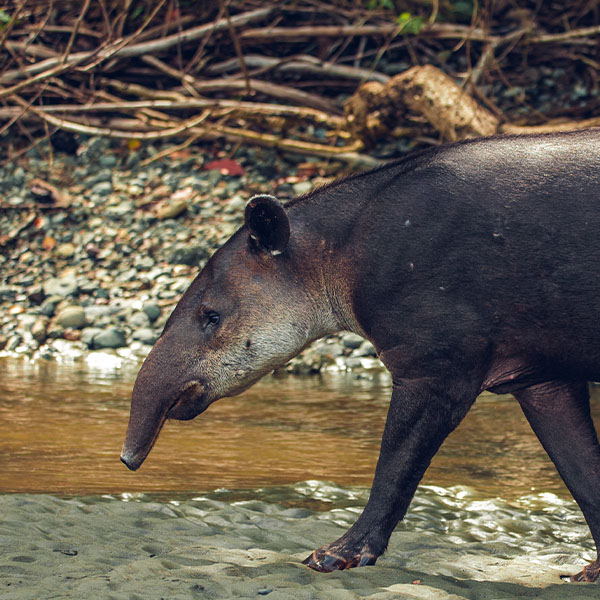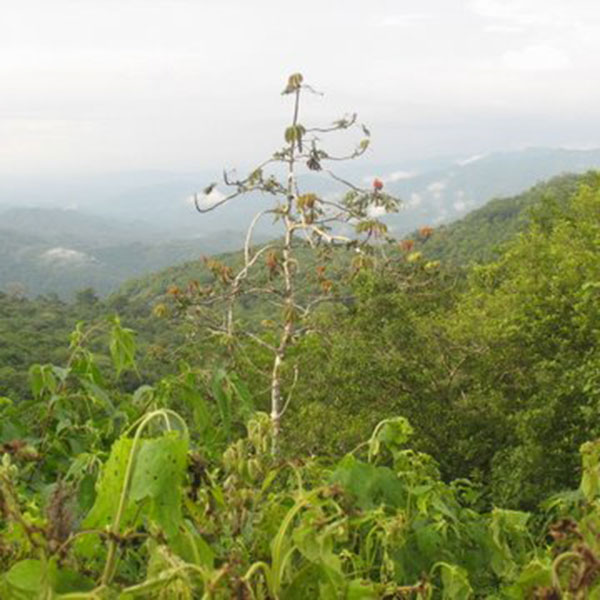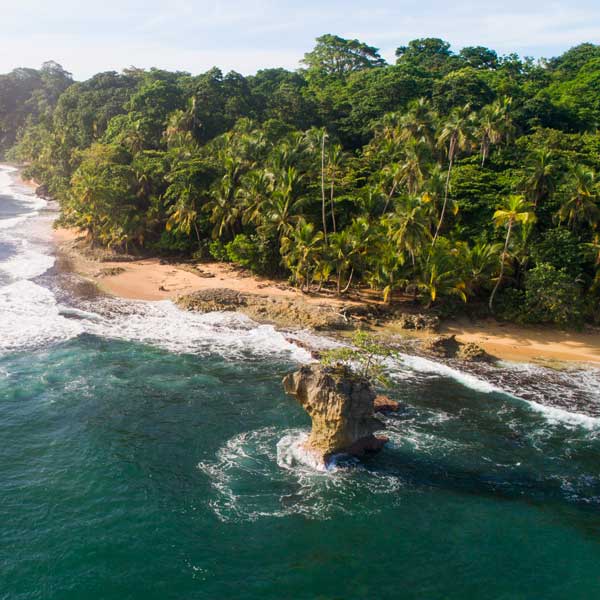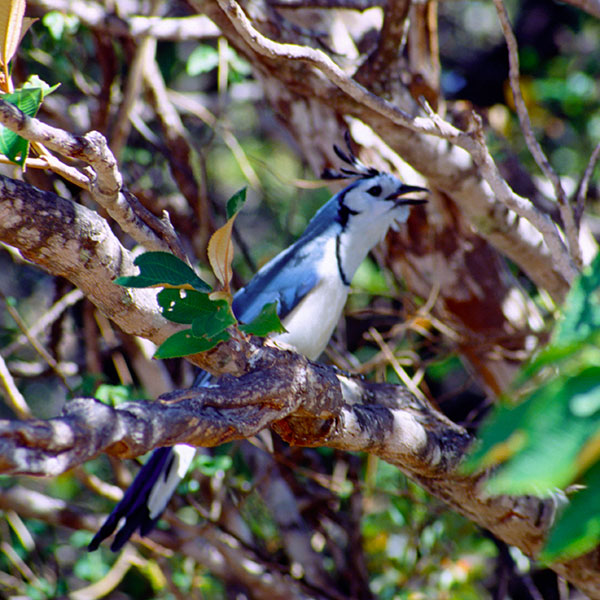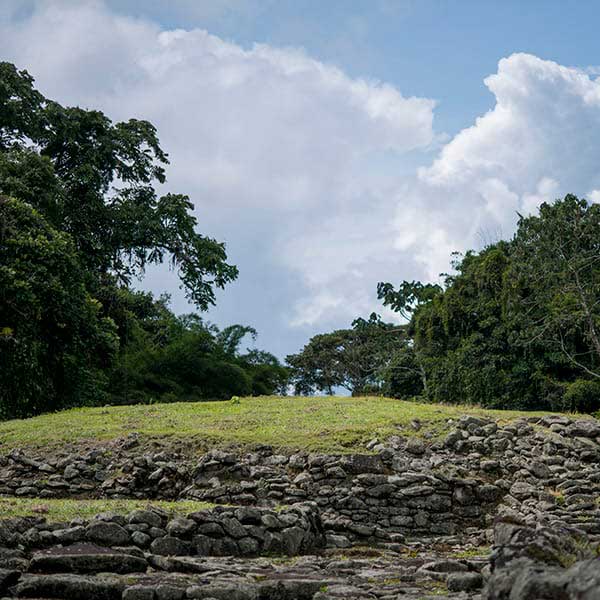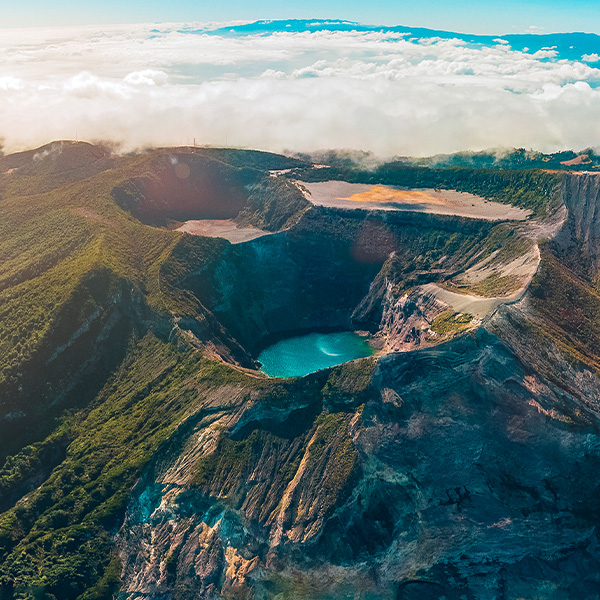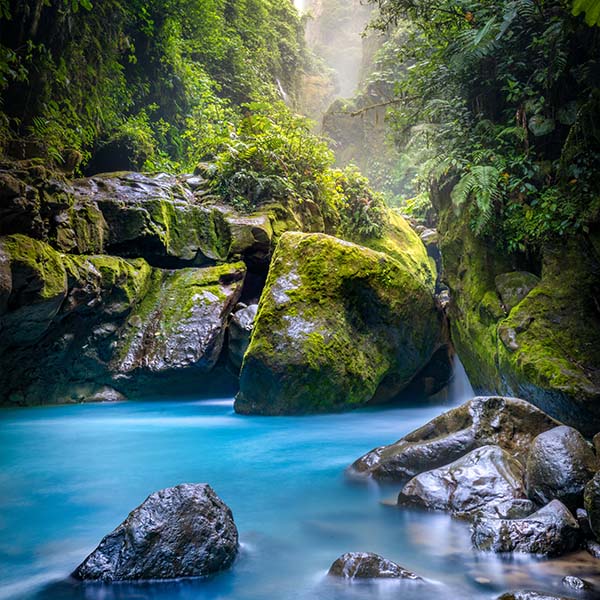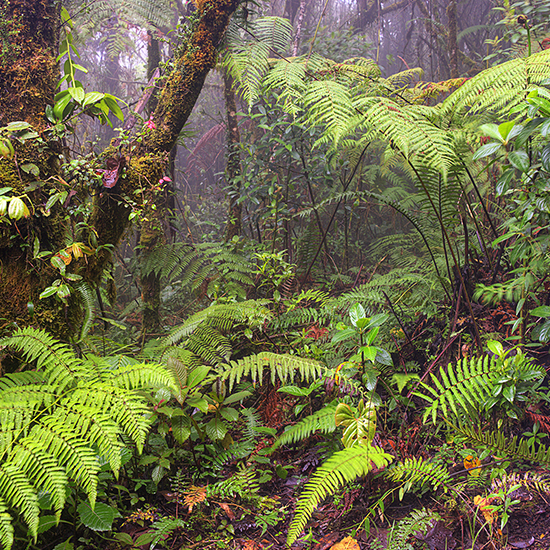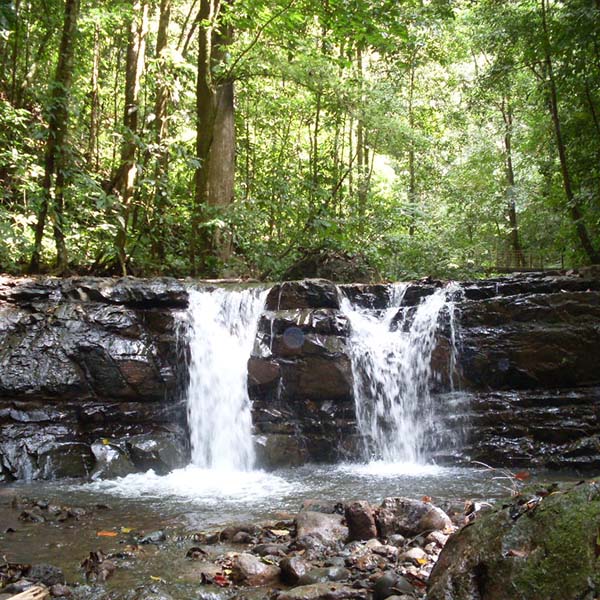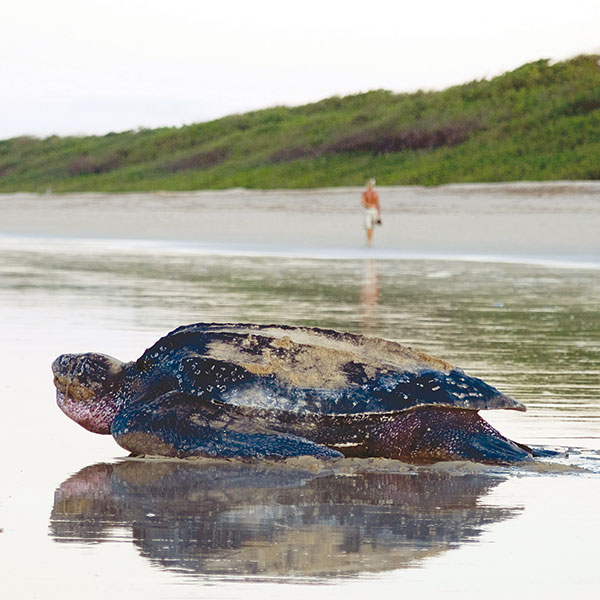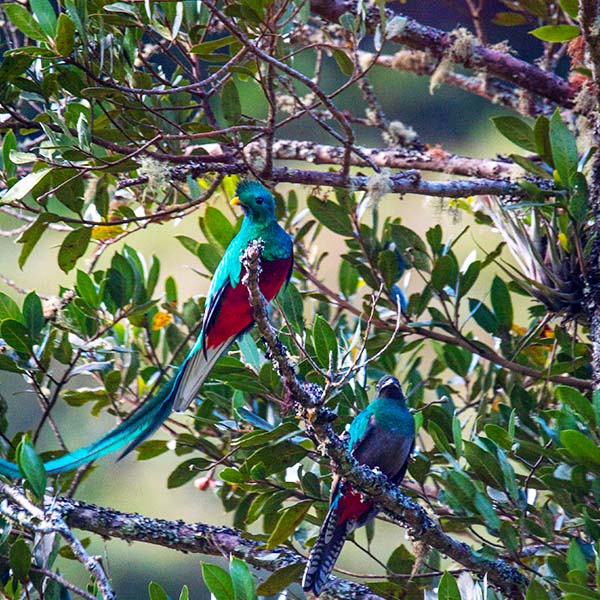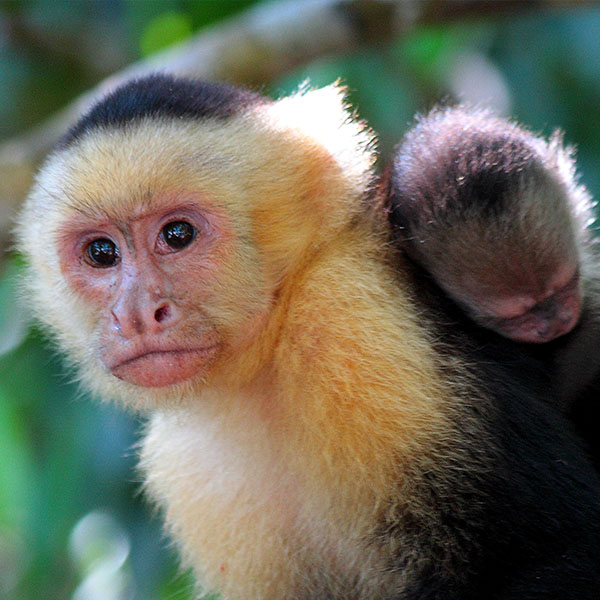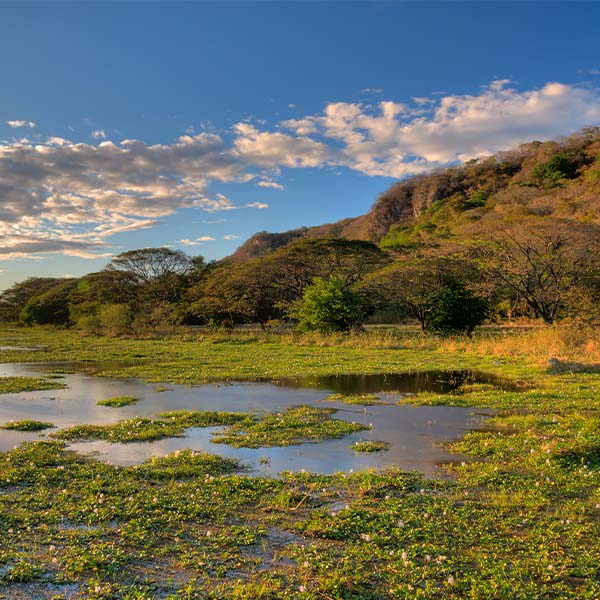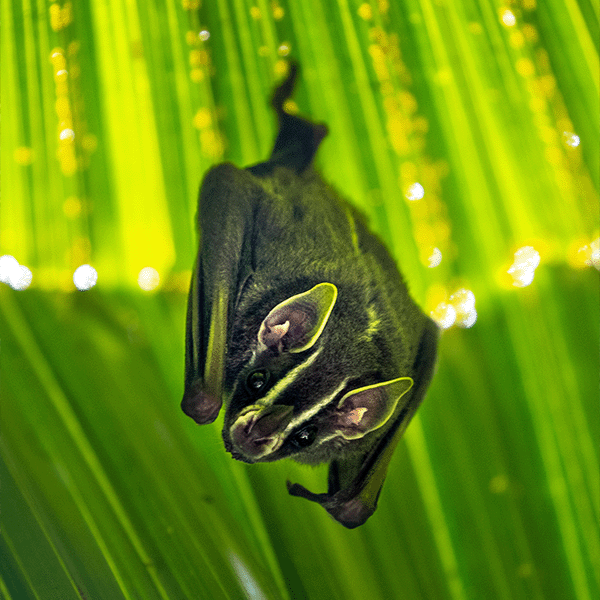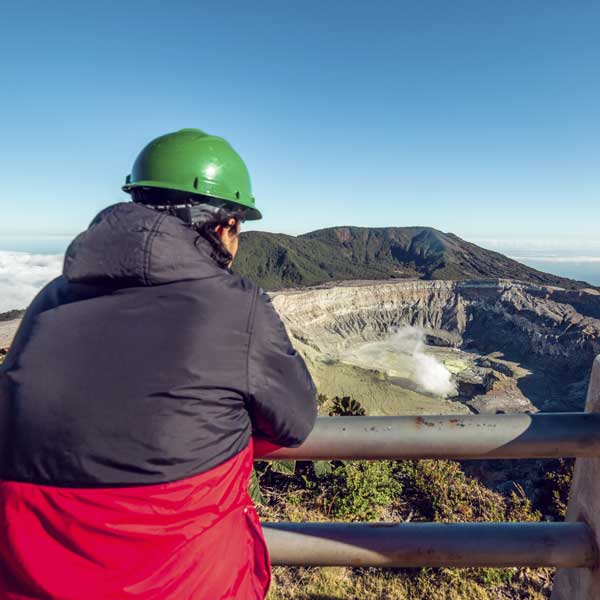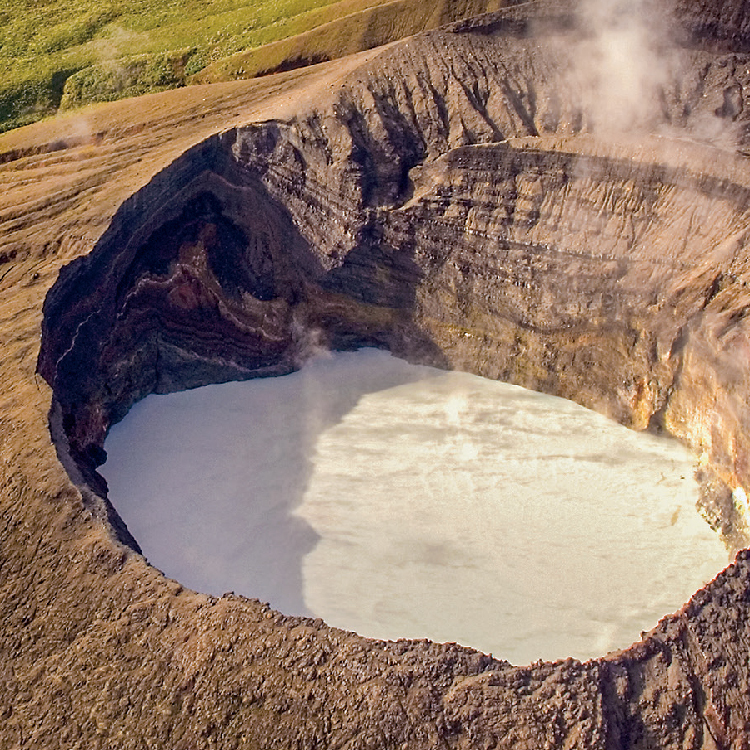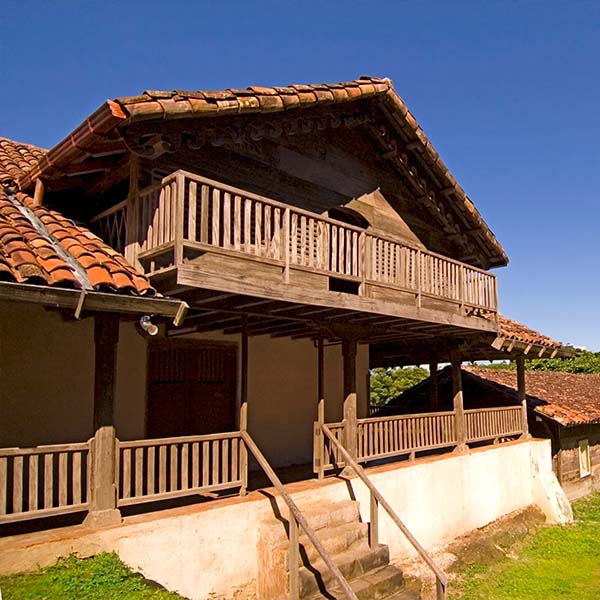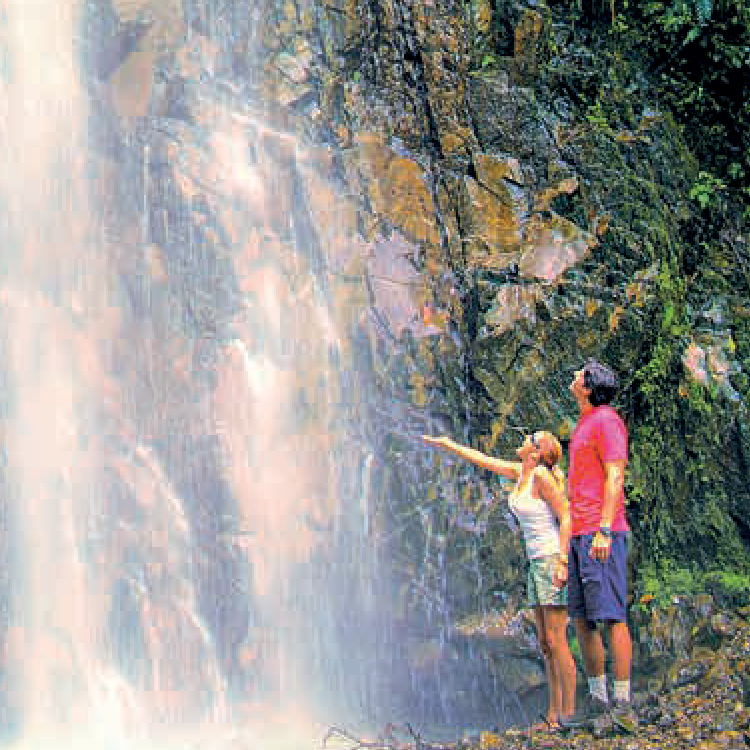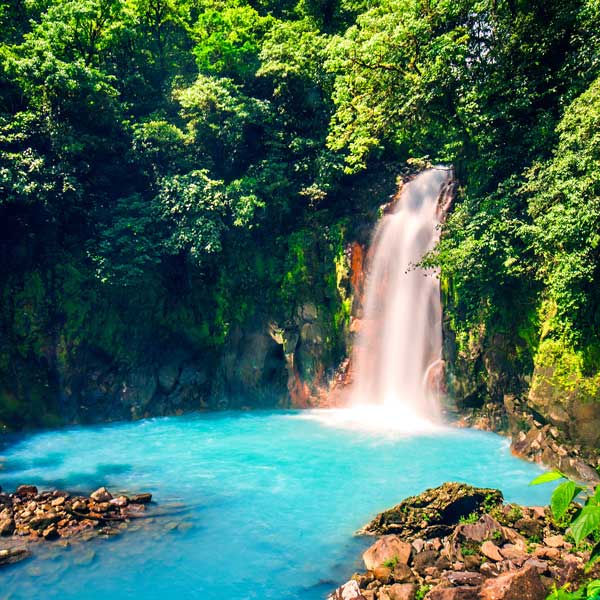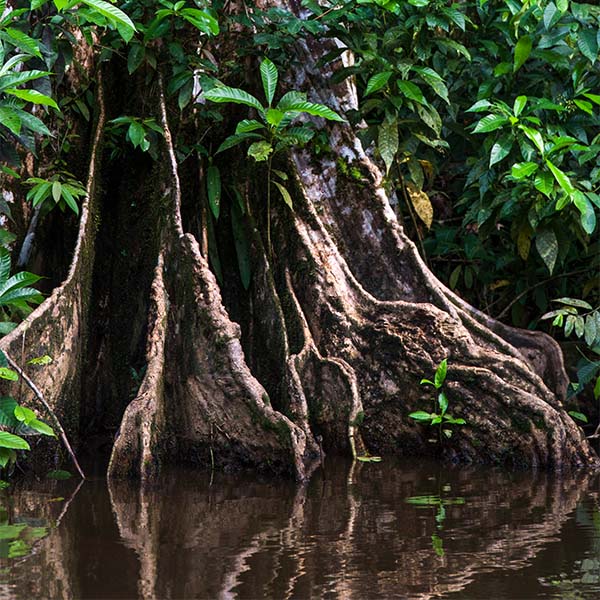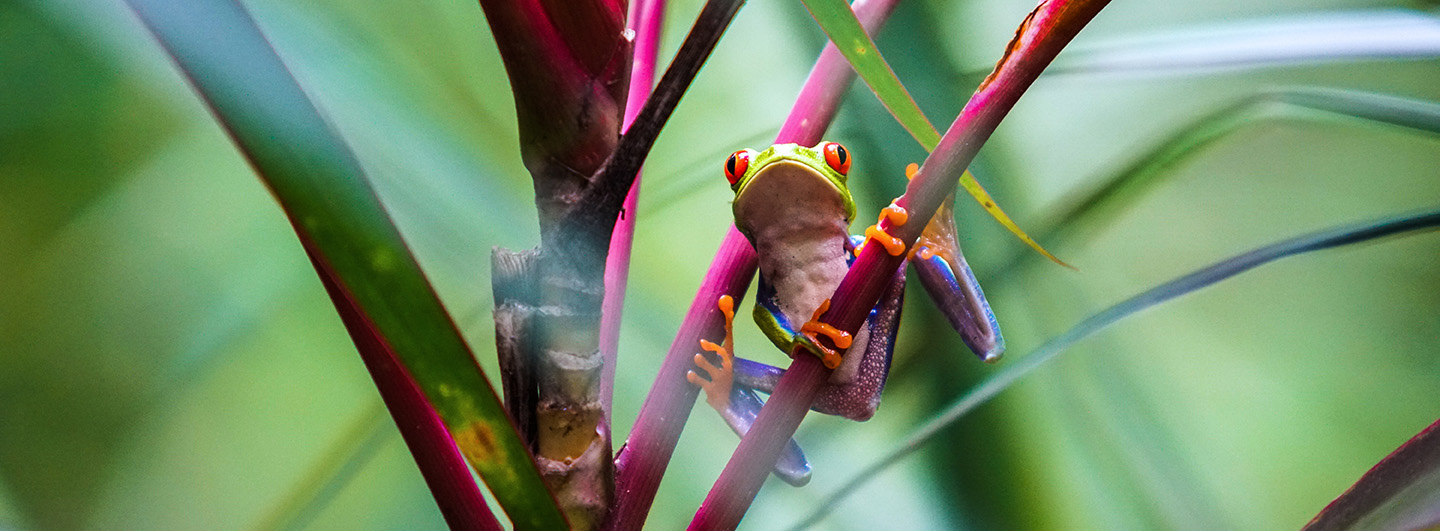
Ecotourism
Travelling with responsability before you go!
Costa Rica is a lush country where nature is on display in all its splendor thanks to extraordinary biodiversity. This product is based on studying and observing salient features of nature, and ecological, geological and other processes, such as bird watching, observation of flora and fauna, volcanoes, hiking, trails and national parks.
The territory is divided into 29 national parks, 19 wildlife refuges, 8 biological reserves, and a series of protected areas that captivate lovers of ecotourism activities. Excursion offerings and tours are varied, including: horseback riding, hiking mountain trails, guided tours for bird watching, forests, landscapes and natural heritage sites, as well as aerial trams, lakes and rivers full of flora and fauna.
This tourism product not only aims to provide beautiful natural experiences for tourists, but also to educate visitors about the importance of protecting natural resources.
The country's forests seem sometimes as the equivalent to a cathedral; with its giant trees that resemble columns, and their canopies that are home to a collection of vegetation more complex than the paintings of the Sistine Chapel ceiling.
It seems that mother nature works extra hours in the tropics, and therefore the diversity of forests has been classified by biologists in a dozen different life zones.
A trip down one of Costa Rica's lowland rivers, either in a small boat or rubber raft, can be an excellent way to observe some of the country’s extraordinary wildlife. The trees lining most riverbanks may hold lounging iguanas, troops of monkeys and such birds as ospreys, anhingas, colorful kingfishers, several species of herons and tiny mangrove swallows. Boat trips are offered on lowland rivers such as the Sarapiqui, San Carlos and Frio Rivers, in the Northern Zone, and the Tempisque, Bebedero and Corobici Rivers, in the Northwest.
Copious rainfall has endowed Costa Rica with an abundance of rivers, but surprisingly, there are very few lakes. Nearly all the country’s rivers begin in the mountains, where many are frothy white water routes perfect for rafting and kayaking.
Once those rivers flow into the lowlands, however, they become languid waterways, many of which are lined with verdant walls of vegetation. Those lowland rivers are excellent routes for small boat trips, which allow passengers to observe some of the local flora and fauna.
The seasonal lake of Cano Negro is also an excellent spot for wildlife watching, whereas larger Arenal Lake is a popular windsurfing spot.
Caribbean Canals
The most popular lowland waterway trip heads up the Caribbean Canals, which run along the Atlantic coast north from the port of Moin to the communities of Parismina, Tortuguero, and Barra del Colorado. Most travelers go to Tortuguero National Park, which protects an important sea turtle nesting beach and vast expanses of lowland rainforest and swampy Raffia palm forests.
A trip down any stretch of the canals is a true jungle adventure, offering opportunities to spot such animals as crocodiles, three-toed sloths, oropendolas and boat-billed herons. They also offer world-class tarpon, snook fishing (and other species).
Arenal Lake
Actually the reservoir for the country's most important hydroelectric project, Arenal Lake is a vast body of water surrounded by rolling hills that hold pastures and patches of forest. Towering over the lake’s eastern end is the conical shape of the Arenal Volcano, which regularly erupts spewing streams of lava and great clouds of ash.
Though the scenery impresses everyone driving around the lake, Arenal is especially popular among fishermen and windsurfers. The guapote, or rainbow bass, a feisty fish that thrives in the lake’s waters, draws the anglers there. The windsurfers gather at the western end of Arenal Lake, where there are strong and consistent winds making it one of the world’s premier windsurfing spots.
Caño Negro
Caño Negro, a shallow, seasonal lake near the country's northern border, is a bird watchers paradise during the second half of the year, when great flocks of ducks, herons and other waterfowl gather there. Caño Negro has been designated a wetland of international importance under the RAMSAR convention. Most of Caño Negro’s current maps misrepresent what the actual are is like, since they show the lake’s extension it has at the height of the rainy season.
Once the rains die down in December, the lake rapidly shrinks, and by February it disappears completely, and most of the waterfowl has moved onto Frio River - the river that Caño Negro drains into. The Frio River trip, the most common way of reaching Caño Negro, is therefore more interesting when visiting the lake.
Costa Rica's Protected Areas
Although Costa Rica is a small territory, it makes up about 5% of the earth's biodiversity. Fortunately, this natural treasure is protected by the National System of Conservation Areas, preserving a total of 25% of the national territory.
Visitors can enjoy the country's majestic volcanoes, Pacific and Caribbean beaches, tropical dry, wet, and rain forests, as well as exhilarating jungle landscapes, all without traveling long distances.
It gives us great pleasure to invite you to visit our natural wonders.
Dear User: We recommend you check the website www.sinac.go.cr to verify which of the national parks have available the online ticket purchase system.
If you have problems with the purchase of tickets, refunds or complaints with the National Park System, communicate it to the following email: reservaciones.sinac@sinac.go.cr

